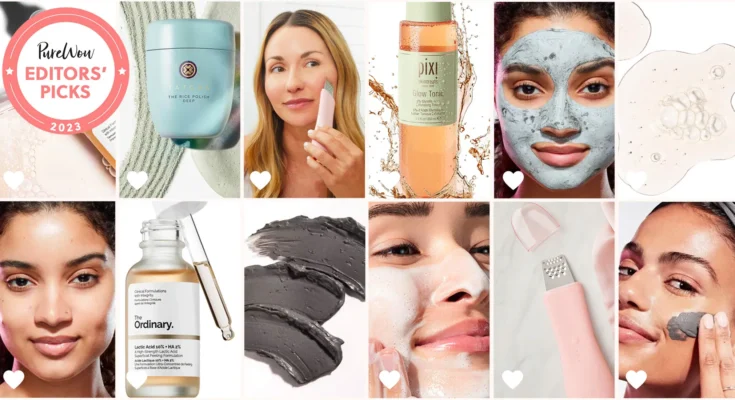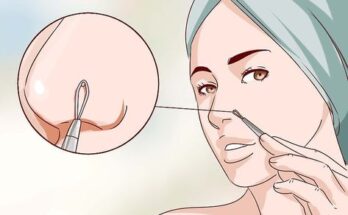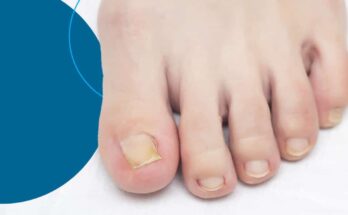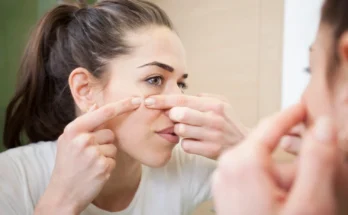Blackheads are one of the most common skin concerns, affecting people of all ages. They appear when pores are clogged with excess oil, dead skin cells, and debris, which eventually oxidize and turn black when exposed to air. While blackheads are harmless, they can be frustrating, as they detract from smooth, clear skin. A good skincare routine combined with timely blackhead removal can help you achieve a smoother, more even complexion. But when is the perfect time for blackhead removal, and how can you address them effectively? Here’s everything you need to know:
Understanding Blackheads and Their Causes
Before diving into how and when to remove blackheads, it’s important to understand their causes. Blackheads are primarily caused by:
- Excess Oil Production: Our skin naturally produces oils (sebum) to keep it moisturized. When the skin produces too much oil, it can clog pores.
- Hormonal Changes: Hormones play a huge role in the production of sebum, which is why blackheads are often associated with puberty, menstruation, pregnancy, or the use of hormonal birth control.
- Dead Skin Cells: The shedding of dead skin cells can also clog pores, leading to the formation of blackheads.
- Environmental Factors: Pollution, dust, and exposure to oily substances can also contribute to clogged pores.
Given these factors, blackhead removal can sometimes feel like an uphill battle. But with the right approach and the perfect timing, you can maintain smoother, clearer skin.
When Is the Perfect Time to Remove Blackheads?
The perfect time to remove blackheads varies based on your skin type, current skincare routine, and environmental factors, but here are a few key moments when it’s optimal to tackle blackheads:
1. After Steaming Your Face (Warm, Damp Skin)
The best time to remove blackheads is when your pores are open. This is usually after you’ve steamed your face. Steam helps to loosen the debris in your pores, making it easier to remove blackheads without damaging your skin.
How to Do It:
- Begin by cleansing your face to remove any makeup or dirt.
- Use a steam towel or facial steamer to warm your face for 5-10 minutes.
- The steam will open up your pores, making blackhead removal easier and less painful.
Tip: If you don’t have a steamer, you can place a towel soaked in warm water over your face.
2. During or After a Deep Cleansing Routine
Deep cleansing is a great way to remove excess oils and dead skin cells from the surface of your skin. Incorporating exfoliation into your skincare routine can prevent clogged pores from turning into blackheads in the first place. However, exfoliating after steaming can also help in further loosening the dead skin cells that may be clogging your pores.
How to Do It:
- Use a gentle scrub or an exfoliating chemical treatment like salicylic acid to remove dead skin cells.
- After exfoliating, your skin will be primed for blackhead removal.
3. After a Skin Care Mask (Clay or Charcoal)
Clay and charcoal masks are incredibly effective for absorbing excess oils and pulling impurities from deep within the skin. The deep cleaning action of these masks can open the pores and make it easier to remove blackheads.
How to Do It:
- Apply a clay mask to your face and leave it on for the recommended time.
- Once removed, gently squeeze or use a blackhead remover tool to extract any remaining blackheads.
- Always follow up with a soothing toner or hydrating serum to replenish your skin after mask use.
4. After a Shower
Hot showers open up your pores, and your skin will be softer and more relaxed. The warm steam combined with the hydration can make blackhead removal much easier.
How to Do It:
- After your shower, while your pores are still open, use a gentle blackhead extractor tool or your fingers (with a tissue or cotton pad) to press out the blackheads.
- Make sure you are using clean hands and tools to prevent bacterial contamination, which could lead to breakouts.
How to Remove Blackheads Safely
While it may be tempting to pick at your blackheads, this can cause scarring, infection, or irritation. Here are some safer and more effective methods for blackhead removal:
1. Blackhead Extractor Tool
A blackhead extractor tool is a small, metal instrument with a loop at the end, designed to press down on your skin and extract the contents of a clogged pore. This tool allows for controlled and gentle removal. Ensure that you sterilize the tool before and after each use to avoid contamination.
2. Comedone Extractor Creams and Gels
There are creams and gels formulated with active ingredients like salicylic acid, benzoyl peroxide, or sulfur, which can help break down the oil and impurities in the pores. These ingredients soften the blackheads and make them easier to remove. Apply these products to affected areas, and follow the product’s instructions for best results.
3. Pore Strips
Pore strips are adhesive strips that you place over your nose, chin, or forehead, and once they dry, you peel them off to remove blackheads. While convenient, these strips can sometimes cause irritation, especially if used too frequently, so make sure to moisturize your skin after use.
4. Retinoids and Retinol
For long-term blackhead prevention, consider incorporating a retinoid or retinol-based product into your skincare routine. Retinoids accelerate cell turnover, helping to prevent the buildup of dead skin cells and oils in your pores. They can be especially useful for people who have a tendency to develop blackheads regularly.
Aftercare: Keeping Your Skin Clear
Once you’ve removed blackheads, it’s essential to take care of your skin to prevent new ones from forming:
- Tone Your Skin: After blackhead removal, use a gentle toner to close your pores. Witch hazel or rose water are natural toners that can help balance the skin’s pH and calm irritation.
- Moisturize: Hydrating your skin is critical, even if you have oily skin. A lightweight, oil-free moisturizer will ensure that your skin remains hydrated without clogging pores.
- Sun Protection: Always apply sunscreen after removing blackheads. Your skin may be more sensitive after the extraction process, and UV exposure can lead to irritation or pigmentation.
The Key to Perfect Blackhead Removal Timing
There’s no one-size-fits-all solution to blackhead removal, but the perfect time to tackle them is when your skin is relaxed and pores are open. Steaming, deep cleansing, and using targeted skincare products can all contribute to an effective blackhead removal process. Patience and gentle techniques are key—over-extraction or harsh scrubbing can damage the skin and lead to scarring.
By timing your blackhead removal strategically and using the right products, you can keep your skin clear, smooth, and glowing. Keep in mind that a consistent skincare routine with the right balance of exfoliation, hydration, and protection is essential in preventing blackheads from forming in the first place.



